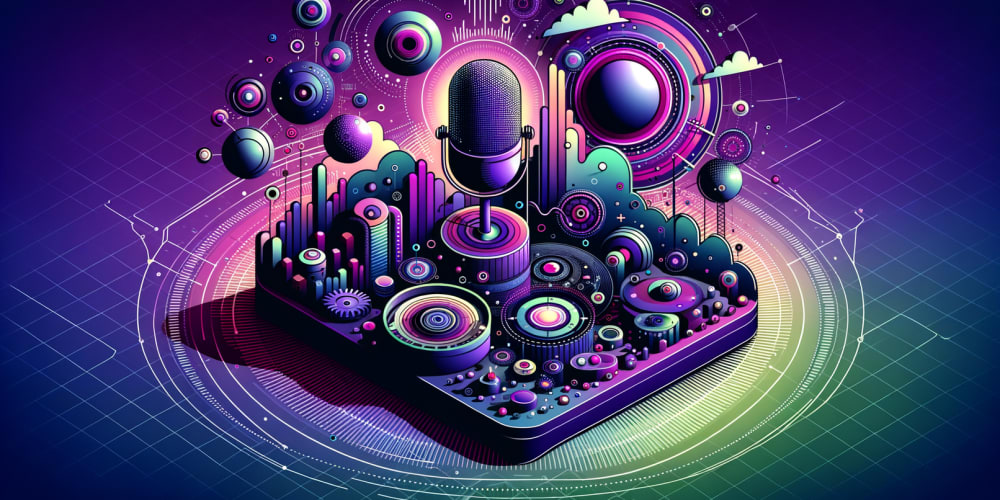The world of technology is ever-evolving, and at the heart of this constant innovation are programming languages. These languages are the tools that enable us to turn abstract ideas into tangible technology. As we look to the future, several next-generation programming languages are poised to shape the next wave of digital transformation. In this article, we'll dive into some of these emerging languages, highlighting their unique features through practical examples.
Rust: Safety Meets Performance
Rust has been gaining popularity for its promise of memory safety without sacrificing performance. Designed to prevent common bugs found in other systems languages like C++, Rust achieves this through its ownership model, ensuring memory safety and encouraging more reliable code.
Example: Hello, World! in Rust
fn main() {
println!("Hello, World!");
}
Simple yet powerful, this example demonstrates Rust's straightforward syntax. Beyond basics, Rust's advanced features, such as zero-cost abstractions, make it an excellent choice for high-performance applications, from operating systems to game development.
Julia: High-Performance Numerical Analysis
Julia is a high-level, high-performance dynamic programming language designed for technical computing. With syntax that is familiar to users of other technical computing environments (like MATLAB), Julia stands out for its speed, which is comparable to statically-typed languages.
Example: Fibonacci Sequence in Julia
function fibonacci(n)
n <= 2 ? 1 : fibonacci(n - 1) + fibonacci(n - 2)
end
println(fibonacci(10))
This example showcases Julia's ability to handle mathematical computations efficiently, making it ideal for applications in data analysis, machine learning, and scientific computing.
Kotlin: Revolutionizing Android Development
Kotlin, developed by JetBrains, has transformed Android app development. Its interoperability with Java, coupled with features that ensure concise and expressive code, make Kotlin a go-to language for modern Android applications.
Example: Hello, World! in Kotlin
fun main(args: Array<String>) {
println("Hello, World!")
}
Kotlin's null safety and extension functions, among other features, reduce the amount of boilerplate code developers need to write, enabling faster and more reliable app development.
Swift: The Future of iOS and macOS Applications
Swift is Apple's programming language for iOS, macOS, watchOS, and tvOS app development. Known for its speed and efficiency, Swift is designed to work with Apple's Cocoa and Cocoa Touch frameworks, offering a modern syntax that is fun to work with.
Example: Simple Swift Class
class Vehicle {
var currentSpeed = 0.0
var description: String {
return "traveling at \(currentSpeed) miles per hour"
}
func makeNoise() {
// This method is intentionally left blank
}
}
let someVehicle = Vehicle()
print(someVehicle.description)
This example illustrates Swift's class system and how methods and properties are defined, showcasing the language's emphasis on readability and maintainability.
Conclusion
The future of programming is bright, with languages like Rust, Julia, Kotlin, and Swift leading the charge. Each brings its own strengths to the table, whether it's Rust's memory safety, Julia's computational prowess, Kotlin's succinct syntax, or Swift's seamless integration with Apple ecosystems. For developers, embracing these next-generation languages means not only keeping pace with technological advancements but also unlocking new possibilities in software development.
As we continue to push the boundaries of what's possible in technology, the evolution of programming languages will play a pivotal role. The future is indeed now, and it's an exciting time to be a part of the tech industry. Whether you're a seasoned developer or just starting out, exploring these next-generation languages is a step toward shaping the future of technology.
Thank you for reading my article! For more updates and useful information, feel free to connect with me on LinkedIn and follow me on Twitter. I look forward to engaging with more like-minded professionals and sharing valuable insights.


















